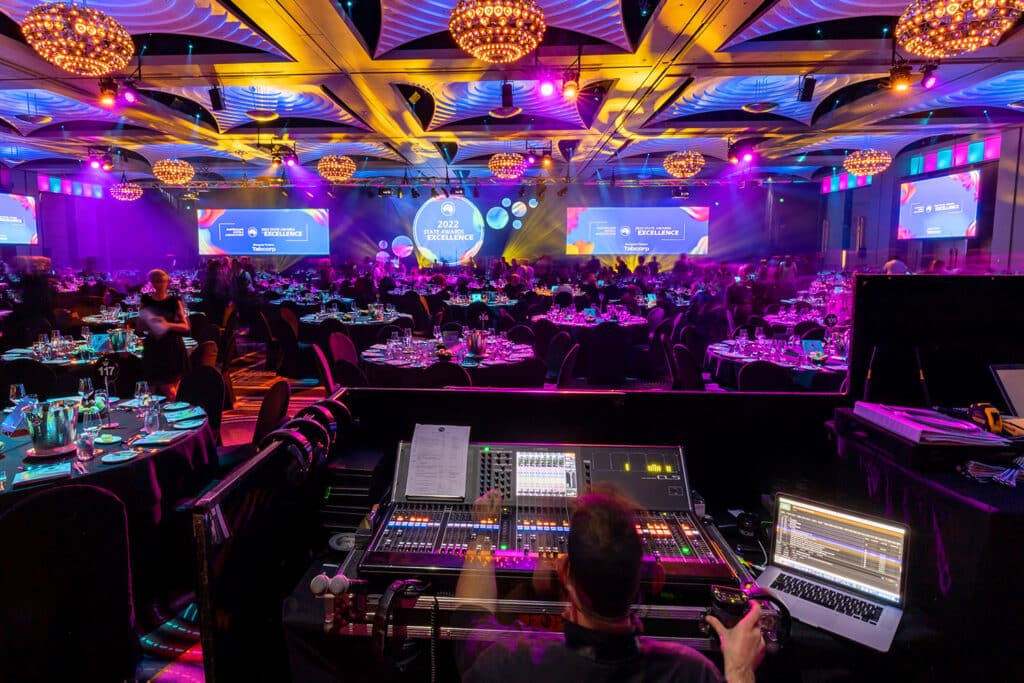The initial phase in video projection on rounded surfaces is to understand the geometry of the area. Curved surfaces can be intricate, with varying degrees of curvature. To achieve a smooth display, it is vital to create a 3D model of the surface. This model helps in imagining how the footage will look when projected. Software tools are accessible that allow users to create these representations and mimic the display. By precisely mapping the dimensions and shapes of the area, designers can guarantee that the video aligns perfectly without warping.
Once the 3D model is ready, the next step is to edit the footage material. This involves editing the video to fit the specific form and dimensions of the rounded area. It is essential to consider the perspectives and sightlines from which the viewers will observe the projection. The content should be crafted to improve the visual experience, making it captivating and relevant to the concept of the event or installation. Using premium visuals and motion graphics can significantly enhance browse around here the total impact of the projection.
After editing the material, the real display procedure starts. This involves placing up the devices at the appropriate positions and distances to ensure that the footage matches with the 3D model. Calibration is a crucial part of this procedure. It may necessitate adjusting the brightness, differentiation, and sharpness of the projectors to obtain the optimal results. Additionally, using several devices may be necessary to encompass larger or more complex surfaces. This method, known as seamless projection, helps create a continuous visual across the whole area.

Finally, testing the projection is crucial before the final show. This enables creators to make any necessary modifications to the video and projector configurations. It is also an opportunity to see how the viewers will perceive the projection from various perspectives. By ensuring that the footage mapping is flawless, designers can deliver a stunning visual encounter that leaves a memorable impression. Mastering footage mapping on rounded areas not only enhances creative expression but also creates new opportunities for storytelling and viewer engagement in various environments.